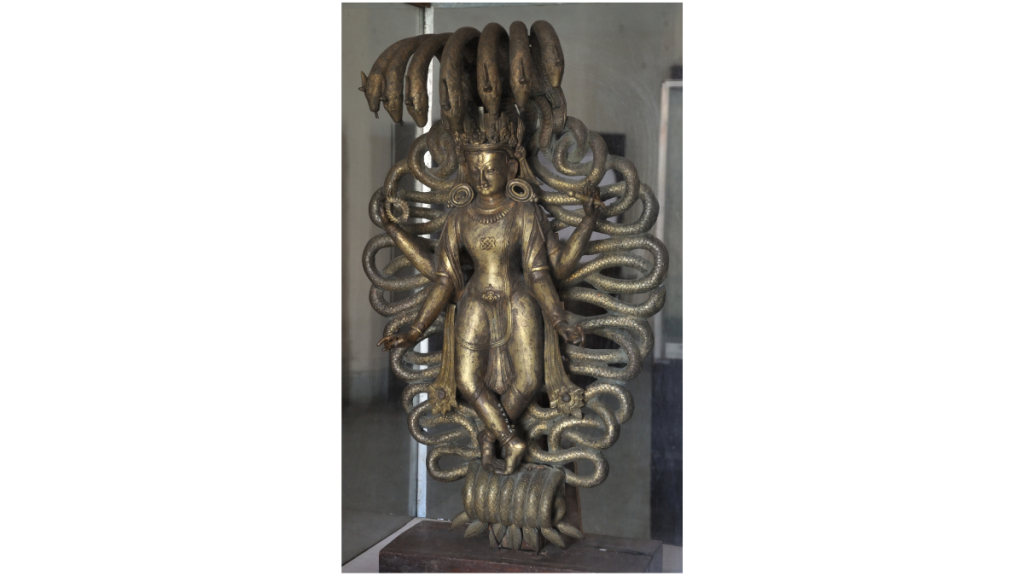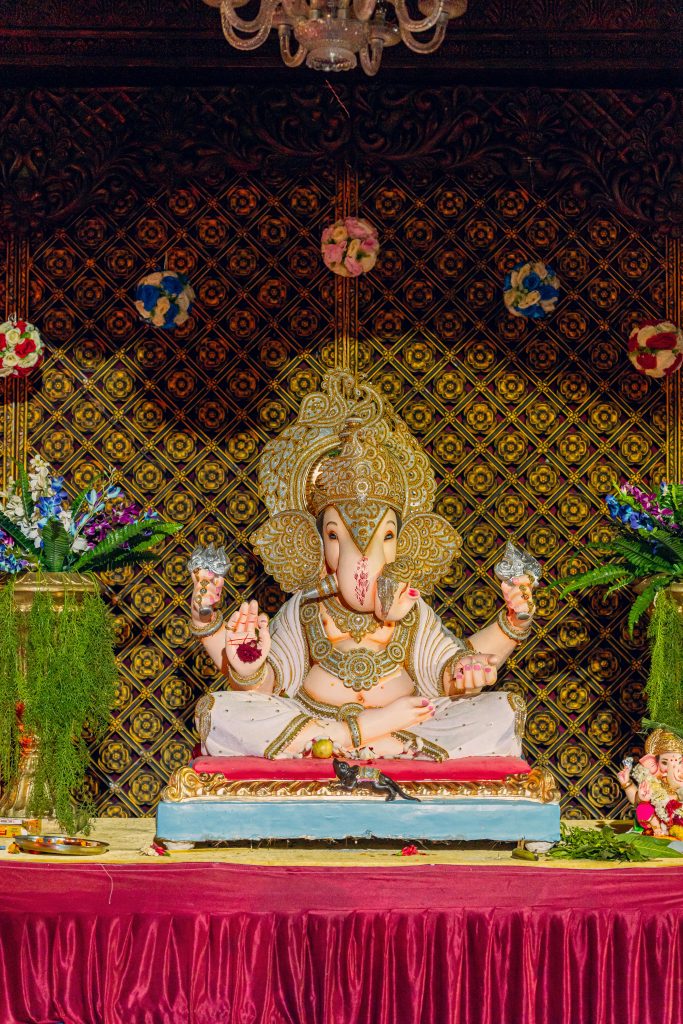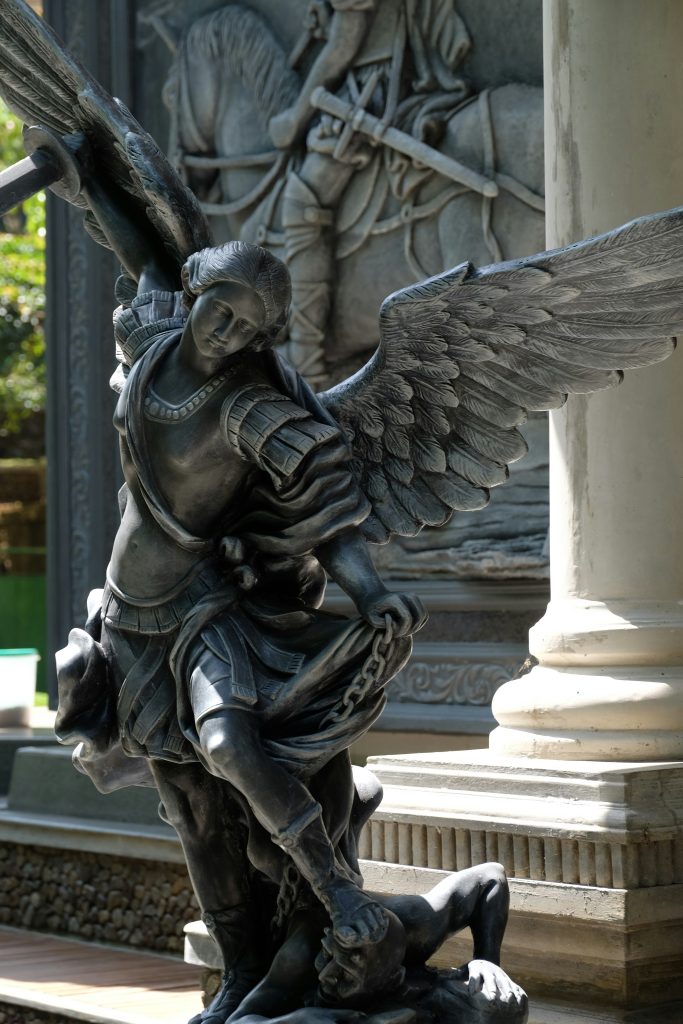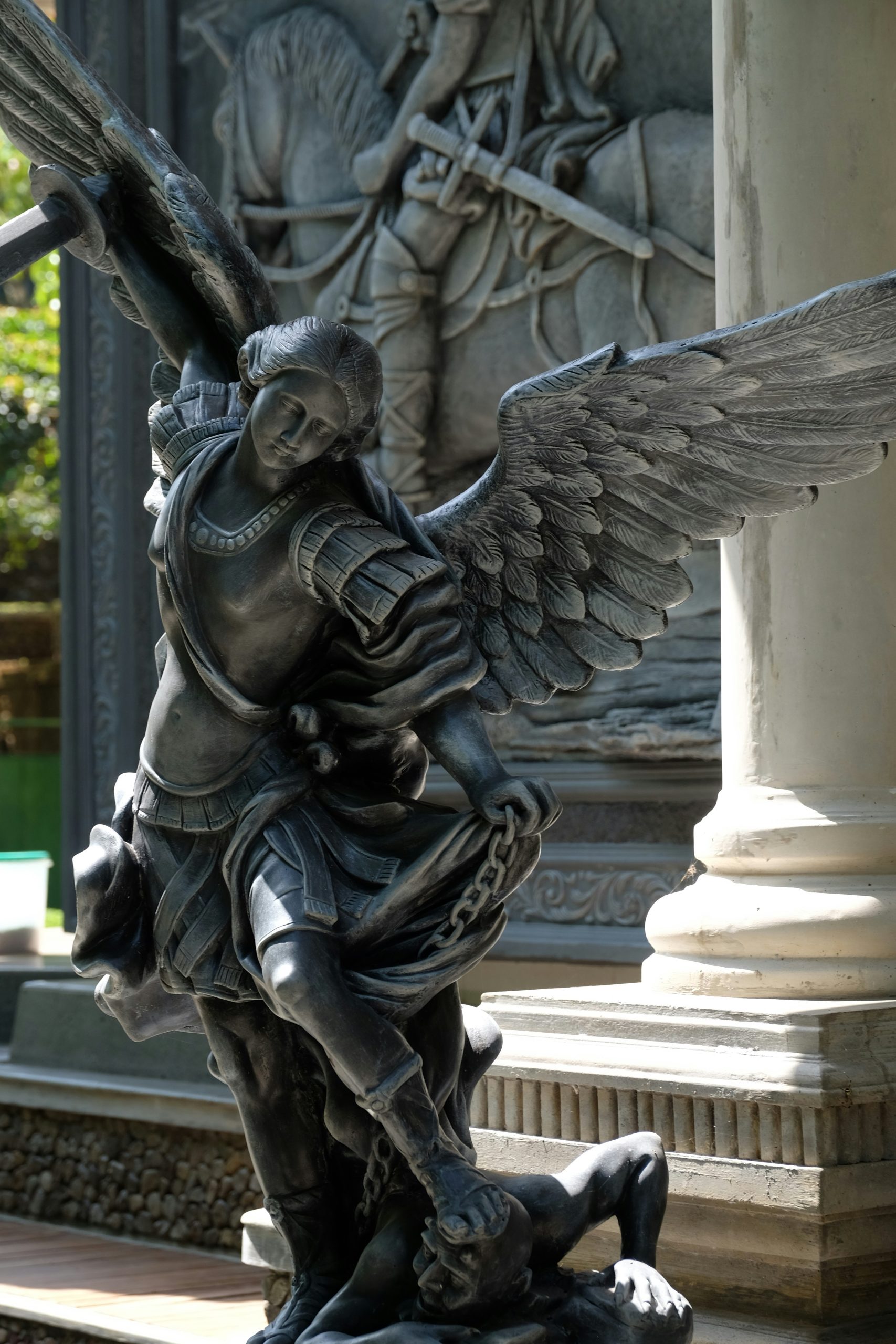Now Reading: Jyotirlinga: The Radiant Pillars of Divine Light
-
01
Jyotirlinga: The Radiant Pillars of Divine Light
Jyotirlinga: The Radiant Pillars of Divine Light
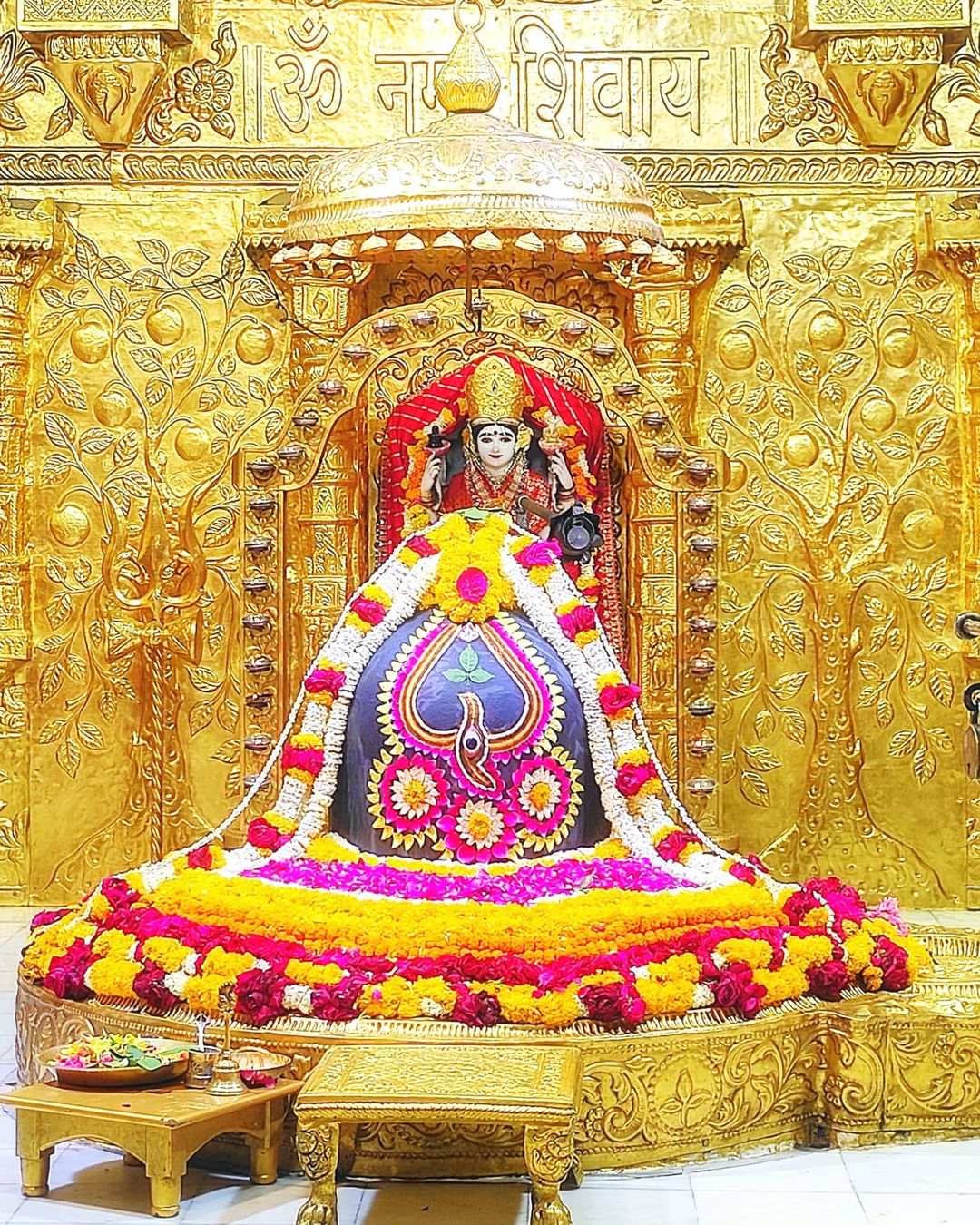
In the spiritual heart of India lies a mystical tradition that resonates with millions—the Jyotirlingas, the twelve sacred shrines of Lord Shiva. The term “Jyotirlinga” translates to “pillar of light,” signifying the eternal, formless brilliance of Shiva, who is both the destroyer of evil and the harbinger of renewal.
According to ancient scriptures, the Jyotirlingas are not merely physical temples but sacred spaces where Shiva manifested as a column of divine light. These shrines, scattered across the country, are considered touchpoints between heaven and earth, inviting devotees to connect with the boundless energy of the cosmos.
Each Jyotirlinga carries its own legend, unique characteristics, and spiritual essence. For instance, the Somnath Jyotirlinga in Gujarat is said to be the first among the twelve and symbolizes the cyclical nature of creation and destruction. The Kashi Vishwanath Jyotirlinga in Varanasi, located along the banks of the holy Ganges, is believed to grant liberation from the cycle of birth and death.
In Maharashtra, the Trimbakeshwar Jyotirlinga is revered as the origin of the sacred Godavari River, while the Grishneshwar Jyotirlinga near Ellora echoes stories of unwavering devotion. The Kedarnath Jyotirlinga, nestled in the Himalayas, stands as a testament to faith amidst nature’s raw grandeur.
Pilgrimages to these shrines are deeply spiritual journeys. Devotees often endure challenging terrains and weather, seeking not just blessings but a profound sense of inner peace. The temples themselves, with their intricate carvings and centuries-old architecture, are marvels of devotion and artistry.
The Jyotirlingas also symbolize the universal truth that Shiva’s light exists within every soul. The physical pilgrimage to these shrines mirrors the inner journey of self-discovery and enlightenment. In bowing before the Jyotirlingas, devotees are reminded of the eternal presence of divinity and their own capacity for spiritual growth.
The Jyotirlingas stand as timeless beacons, inviting all to experience the transformative power of faith. They are not just places of worship—they are sanctuaries of hope, surrender, and divine light that guide humanity through the ever-turning wheel of life.












